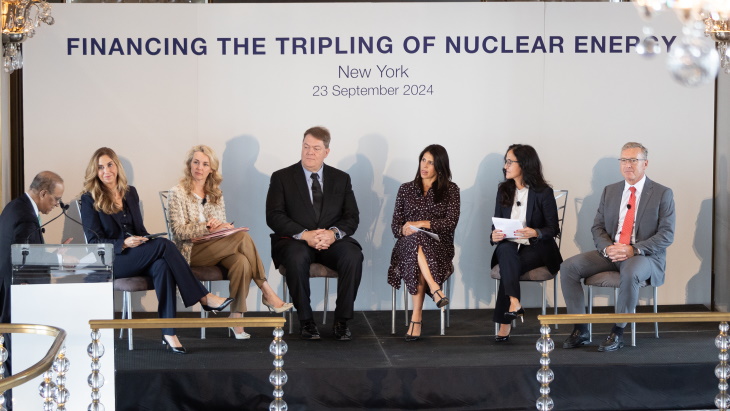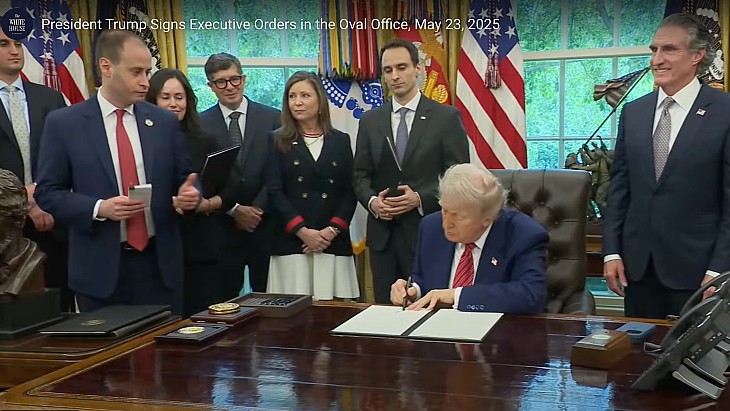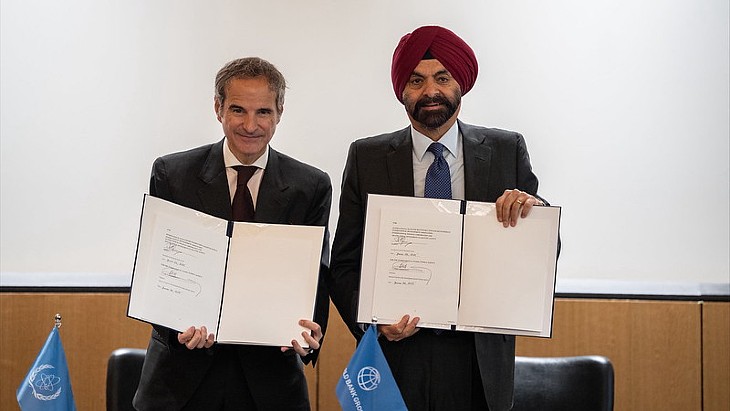NNSA collaborates with Japan, Korea on research reactors
.jpg)
A Statement of Intent has been signed between NNSA and Japan's Ministry of Education, Culture, Sports, Science, and Technology (MEXT). It was signed in Tokyo on 25 April by NNSA Administrator Jill Hruby and Deputy Minister of MEXT Hiroshi Masuko.
Under the agreement, NNSA and MEXT will collaborate to increase the proliferation resistance of research reactors in emerging nuclear power countries including the Asian region. They will also proceed with efforts to incorporate proliferation resistance concepts in the design stage of the new research reactor at the Monju Site, which will be used for education, training and research.
On 22 April in Seoul, Hruby and Lee Chang-Yoon, vice minister of South Korea's Ministry of Science and Information and Communication Technology (MSIT) signed a joint statement on collaboration to incorporate proliferation resistance concepts and optimise the design of Korea's export-oriented research reactor pilot.
.jpg)
Hruby and Vice Minister Lee Chang-Yoon of Korea's Ministry of Science and ICT (Image: NNSA)
"The United States and the Republic of Korea expect that this cooperation will contribute to the responsible design and deployment of new research reactors, adhering to the highest standards of nuclear non-proliferation by countries seeking to construct research reactor facilities," NNSA said.
The agreements with Japan and South Korea were signed under the NNSA's Proliferation Resistance Optimization (PRO-X) programme. Launched in 2019, the PRO-X programme aims to provide a framework for evaluating and integrating proliferation resistance into nuclear reactor system (core, fuel and auxiliary facilities) designs that also maintain the safety and peaceful use missions of those systems.
"Japan and Korea have each been fantastic partners to NNSA on nuclear security and non-proliferation issues," Hruby said. "I'm very pleased that, through PRO-X, we can extend this cooperation to future reactors and reactor designs."
"Cooperation to optimise nuclear proliferation resistance will become a representative example of strengthening the nuclear non-proliferation cooperation system between the two countries," Lee said. "We will continue to communicate closely with the US to ensure this."









..._58412.jpg)

